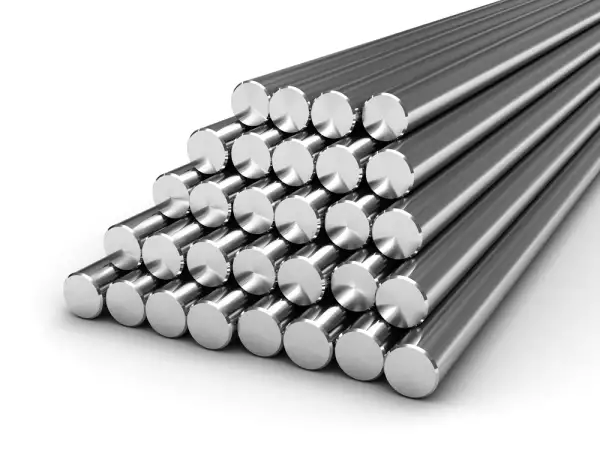During an earthing system installation, a rod is typically buried at the maximum depth according to the technical capabilities and the budget. Such approach is associated with the need to provide a low earthing resistance throughout the year. The earth does not freeze at great depth; moreover, soil layers are located there, which are rich in ground waters characterized by a low resistivity. The disadvantage of this approach is in the need to perform drilling if the solid rock is located below. Moreover, soil types exist, such as peatlands, wherein the resistivity at great depth is lower than near the surface.
If the earthing system is used only to provide the lightning protection for the object, there is no strict need to install earthing elements at great depth (SO 153.34.21.122-2003, Clause 3.2.3.1, RD 34.21.122-87, Clause 2.13). When the temperatures are so low that the upper soil layer freezes through, the storm is extremely rare. For such applications, it may be beneficial to use the so-called extended horizontal earthing devices. They are represented by a metal wire or a metal band (usually made of steel and coated with zinc or copper) buried in the earth horizontally at small depth. The extended horizontal earthing systems are widely used to protect the power line supports, the air power line supports, and the oil and gas production facilities against the lightning strikes.
Choosing depth
According to the Guidelines to Design, Construct, and Operate Earthing Systems in the Wire Communication Installations and Radio-Relay Nodes (the USSR Ministry of Communications, 1971), in the majority of regions in the north and the Russian midland with the negative air temperatures, at the depth of 0.8 m, the soil temperature has a positive value. In the southern regions of Russia, the soil freezing depth is 0.1 to 0.5 m. Based on this, Guidelines to Design, Construct, and Operate Earthing Systems in the Wire Communication Installations and Radio-Relay Nodes recommend to place the horizontal earthing devices at a depth of at least 1 m for the northern regions and midlands, and at least 0.7 m for the southern regions of the country. At these depths, the earthing system can be installed using open trench laying. According to the effective EIC, Clause 1.7.72, the trenches should be filled in with a homogeneous soil without any rubble stones or construction garbage.
Which earthing device should we use: radial or circular?
The resistance of a separate horizontal extended earthing system is reduced along with the increase of its length, up to 10 m. With the length of more than 10 m, the wire (band) resistance and inductance begins affecting. Moreover, note that with the increase in the wire (band) length from 5 to 10 m, the earthing device resistance reduces in a very slight degree. Therefore, in practice, the so-called radial earthing devices are used. Therein, electrically interconnected earthing elements diverge from the protected object.
The circular earthing devices are also known in addition to the radial ones. Such an earthing device is a closed circle made of a wire or a band and placed at small depth around the protected object. The major advantage of the circular earthing device is that, with the same resistance, it usually takes smaller area than the radial device. The disadvantage is in that, with the same resistance, the circular earthing device requires more wire or band.
How and from what material should the radial earthing device be made?
The EIC, Clause 1.7.72, recommends to make earthing devices of steel or zinc-plated steel. It is allowed to use both wire and band. But, with the same cross-sectional area, the band has more contact area with the soil than the wire, which improves the earthing device reliability. For example, for the radial earthing device, we use the zinc-plated steel band
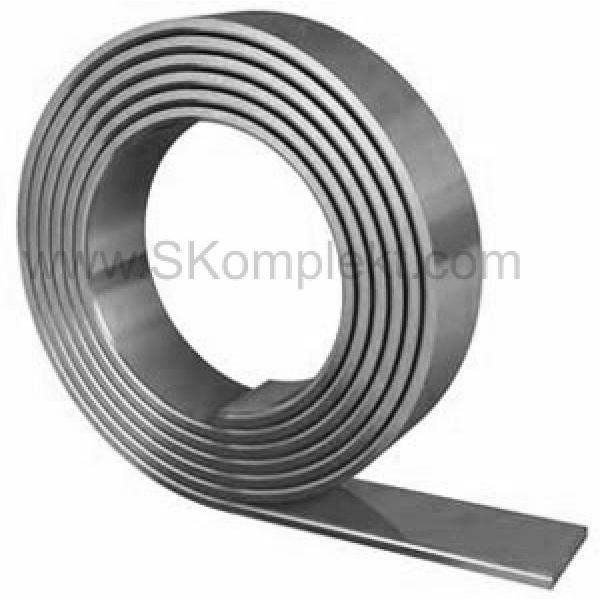
The zinc-plated steel band will serve for about 10 years. If we use the copper-plated steel band, e.g. GALMAR GL-11075-50 instead of it, then the earthing system will serve for more than 30 years. This is a more advanced option not specified directly in the EIC. There is also no prohibition to use the copper-plated earthing system in the EIC. The copper-plated band conforms to the EIC requirements in terms of its electrical properties. The disadvantage of the copper-plated band is its high price. Along with the 3-fold increase in the service life of the band, the value of its line meter also increases approximately 3-fold. Nevertheless, you can yield a significant benefit by reducing the expenses for the earthing system replacement.
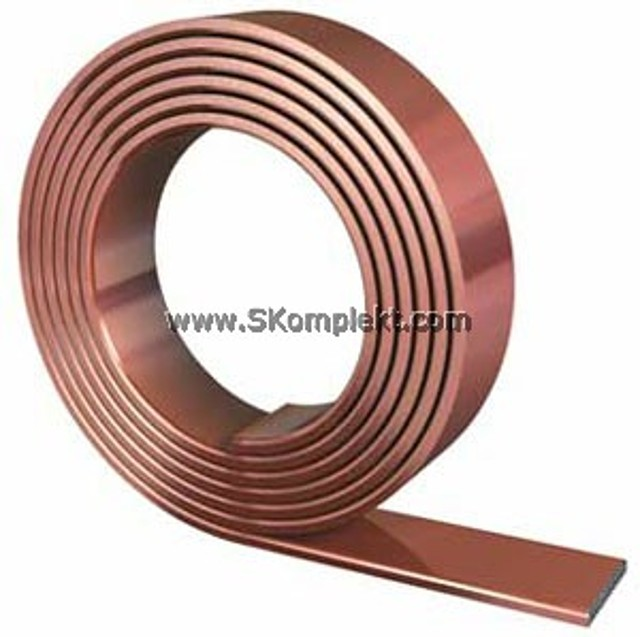
During the calculation of the length of the earthing device rays, a technique can be recommended that is described in the Guidelines to Design, Construct, and Operate Earthing Systems in the Wire Communication Installations and Radio-Relay Nodes as the most feasible method. The method for the multi-electrode earthing is used. The band width is assumed to be equal to the double diameter of the wire that is similar in terms of earthing properties. With the availability of the guidelines for a particular industry, wherein the earthing device is used, the preference should be given to the calculation methods described therein.
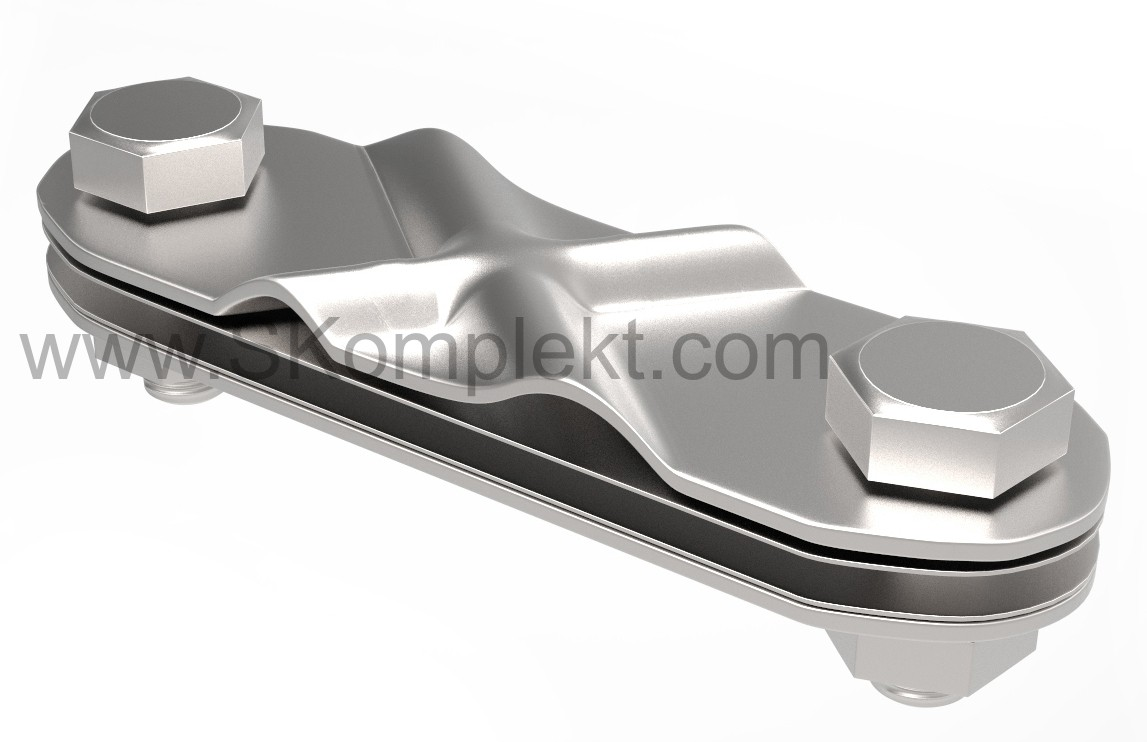
To interconnect the radial earthing device elements, welding is preferred. Meanwhile, if a wire or a band is coated with the protective layer of non-ferrous metal, and a clamp is made of non-ferrous metal, the "Electromontazh" Association permits to use detachable connections. And it is reasonably to make earthing device rays of the band, and the connecting wires should be made of the wires having a circular cross-section. To make connections, we can recommend GALMAR GL-10330N stainless steel clamps. They allow connecting the band having the width of up to 40 mm and two sections of the wire having a circular cross-section with the diameter of up to 10 mm.
Conclusions
The radial earthing devices are primarily the economical solution to protect against the lightning strike. However, if the requirements to the earthing system allow, the soil properties and the climatic conditions, the radial earthing devices may also be operational for the electrical installations used on a year-round basis. The apparent advantages of the radial earthing devices due to a small depth of their installation include simple installation and maintenance.
Related Articles:
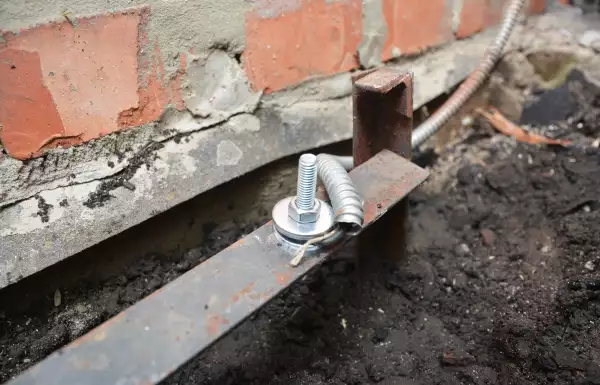 Why Cannot Vertical Earthing Devices Be Installed Close to Each Other?
Why Cannot Vertical Earthing Devices Be Installed Close to Each Other?
 Electrolytic Grounding in Permafrost Soils: Should Vertical of Horizontal Electrodes Be Used?
Electrolytic Grounding in Permafrost Soils: Should Vertical of Horizontal Electrodes Be Used?

